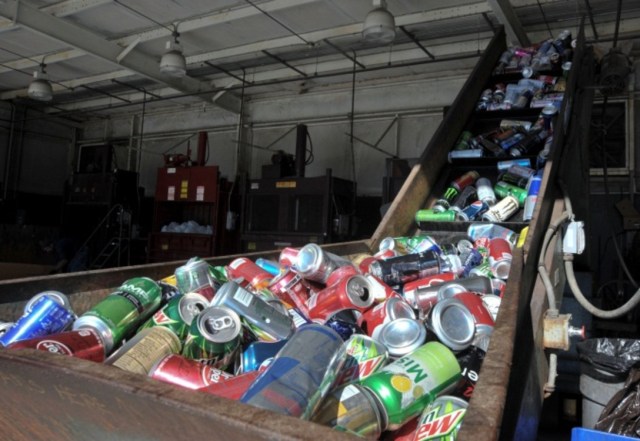
Material supplier Avery Dennison has secured approval by the Science Based Targets initiative (SBTi) that its sustainability and emission reductions strategies are in line with the Paris Agreement to limit global warming below 1.5 degrees celsius.
The SBTi is a partnership between CDP, the United Nations Global Compact, World Resources Institute (WRI) and the World Wide Fund for Nature (WWF).
Avery Dennison A/NZ commercial manager Cath Cornaggia told ProPack.pro, “Currently 32 per cent of our local A/NZ portfolio contains renewable or recycled content, and our target by the end of 2022 is to achieve closer to 50 per cent.”
That is measured by the number of items in its range, not the percentage of total volume sold. Cornaggia admitted it would be easier to just focus on the high-volume items to meet a simpler goal, but that would be akin to greenwashing.
Because Avery Dennison is committed to reducing its Scope 1, 2, and 3 emissions, it’s going to be more selective with who it chooses to work with in the future, though Cornaggia says the first priority will be helping its supply partners.
“Some of our current supply partners will become stronger, and we’ll find new suppliers in new places. If other companies aren’t as far as us, we want to help them, but if they can’t then we will look to others,” Cornaggia said.
But for Avery Dennison customers, the SBTi certification from a supply partner gives them a simpler pathway to meet their own sustainability goals.
As Cornaggia said, “For our immediate customers, it give them a pathway for their customers to achieve their goals.
“It gives the whole industry a guideline that we can all follow. It makes it clear that we’re all on the same path, aligned and in agreement. It prevents greenwashing, and that we’re all relaying our goals back to the same data.”
Avery Dennison’s specific 2030 targets fall under three broad sustainability goals include:
- Delivering innovations that advance the circular economy;
- Reducing the environmental impact in its operations and supply chain; and
- Making a positive social impact by improving the livelihoods of people and communities.


